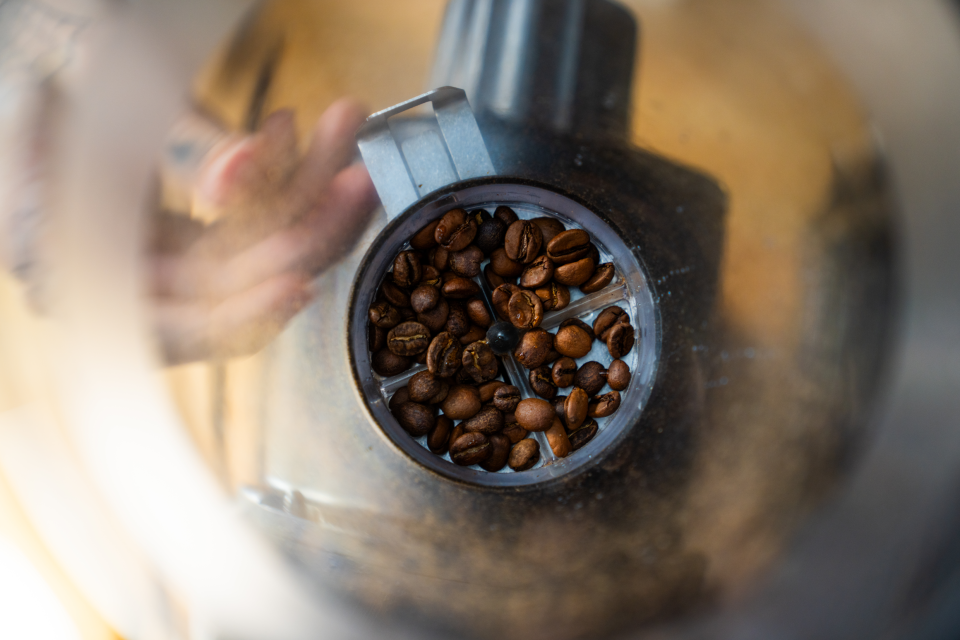Scientists discover the secret to making an intense espresso
Scientists believe they have identified the secret ingredient to making an intense espresso – a splash of water.
Researchers found that adding a small amount of water to coffee beans before grinding them produces more consistent and tastier espresso.
During grinding, the friction between coffee beans generates electricity that causes particles to clump together and stick to the grinder.
Adding moisture reduces the amount of electricity produced, the researchers said, which means less coffee is wasted and the flavours become much stronger.
Christopher Hendon, an associate professor of computational materials chemistry at the University of Oregon in the US, said: “Moisture, whether it’s residual moisture inside the roasted coffee or external moisture added during grinding, is what dictates the amount of charge that is formed during grinding.

“Water not only reduces static electricity and therefore reduces mess as you’re grinding, but it can also make a major impact on the intensity of the beverage and, potentially, the ability to access higher concentrations of favourable flavours.”
For the study, published in the journal Matter, the researchers wanted to investigate how electricity produced during the grinding process affected coffee taste.
They teamed up with volcano experts, who study similar electrification processes that occur in volcanic eruptions.
Joshua Mendez Harper, an assistant professor of electrical and computer engineering at Portland State University in the US, said: “During eruption, magma breaks up into lots of little particles that then come out of the volcano in this big plume, and during that whole process, those particles are rubbing against each other and charging up to the point of producing lightning.
“In a simplistic way, it’s similar to grinding coffee, where you’re taking these beans and reducing them to fine powder.”
The team measured the amount of static electricity produced when they ground different types of coffee beans, noting the country of origin and the colour of the coffee roast.
They also took into account the processing methods of the beans, including whether they were natural, washed or decaffeinated.
The researchers said the electricity produced during grinding was not impacted by where the coffee was from or how it was processed but there was an association between electrification and roast colour and how coarse or fine the particles were.
The team found that when coffee was ground at a coarser setting, less electricity was produced.
Light roasts produced less charge, and this charge was more likely to be positive, the researchers said, while darker roasts charged negatively and produced more overall charge.
The researchers also found that dark roast coffees produce much finer particles than light roasts when ground at the same setting.
The scientists then tested whether grinding with water changed the way espresso is brewed.
They found that when beans were ground with a splash of water, it resulted in a longer extraction time and a stronger brew, compared to the same beans ground without water.
Grinding with water also made the flavours of espresso shots more consistent, overcoming a major hurdle for baristas and industrial coffee brewers, the team said.
As part of the next steps, the researchers want to investigate how to prepare the perfect coffee.
Prof Hendon said: “Now that we know what grind settings to use to make reproducible espresso, we can start to try to understand what factors give rise to sensory differences in coffee taste.”

 Yahoo News
Yahoo News 
